In the early 2000s, the contemporary art scene in Egypt was ‘very promising, full of ideas, and full of initiatives,’ says artist Basim Magdy. It was a time in which new arts festivals, such as the storied Al-Nitaq festival (2000–2001) and the photography festival PhotoCairo (2002–2017), were organized in public and unconventional spaces including shop fronts, internet cafes, restaurants, abandoned historical buildings, and hotel rooms in Downtown Cairo. Non-profit spaces like Townhouse, established in 1998, collaborated with other independent art spaces, allowing for a vibrant local scene that started to attract international attention.
In 2003, Magdy had a solo show at Townhouse, and it was there that the Cairo-based curator-turned-gallerist Aleya Hamza saw his work for the first time. ‘I was genuinely blown away,’ she recalls. ‘It was my first encounter in Egypt with an artist producing conceptual painting who had found the right balance between being seductive, compelling, and beautiful, while also being formally innovative and very political. [Basim’s] form and content just made perfect sense.’ In this rich and exciting moment, Magdy and Hamza forged a friendship and professional relationship that now stretches back two decades.
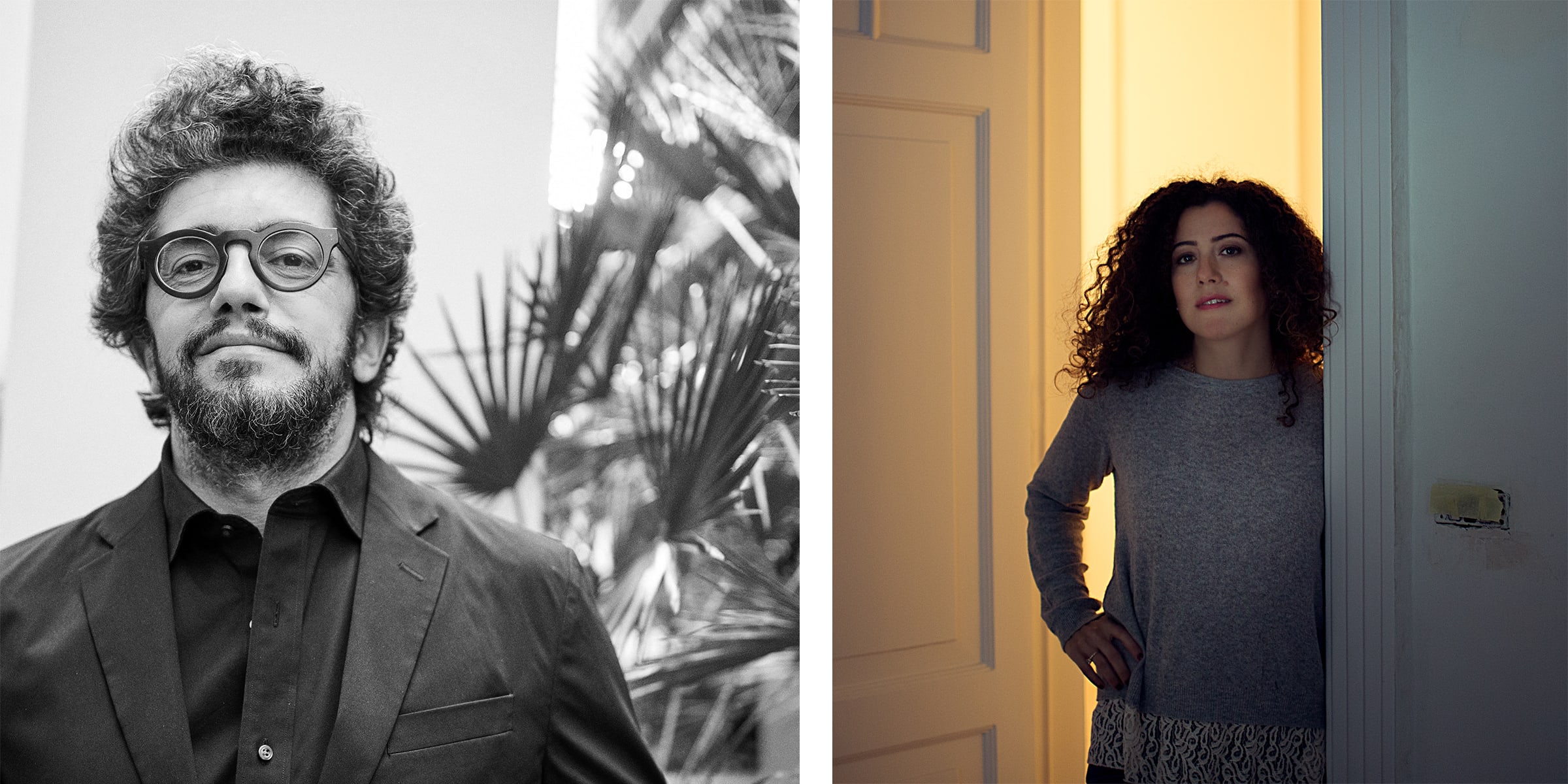
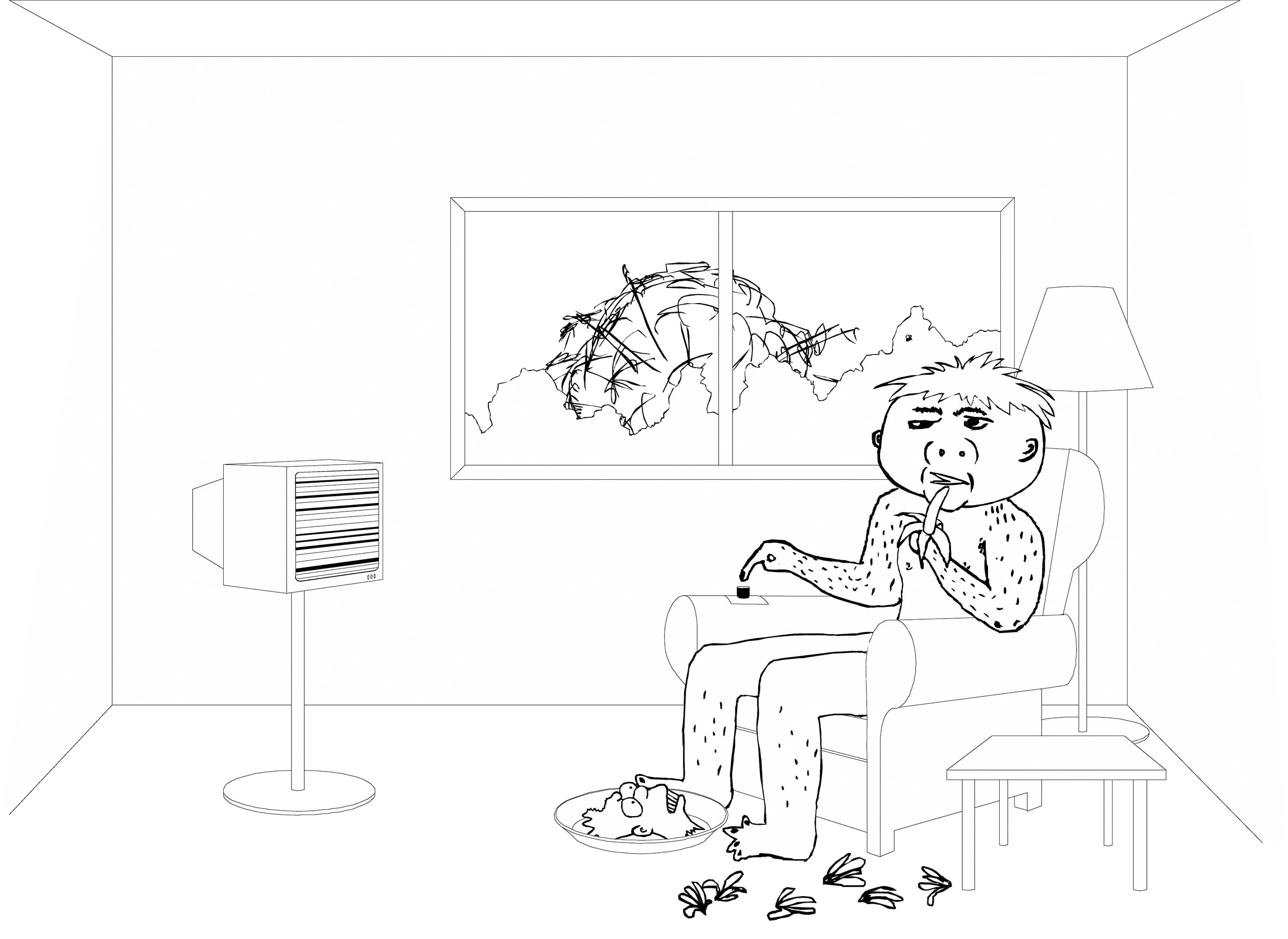
After her encounter with Magdy’s work, Hamza followed up by visiting the artist at his tiny studio in Downtown Cairo. At the time, she was working as artistic director of Falaki Gallery, the main visual arts gallery of The American University in Cairo. A few months after their meeting, she approached Magdy for a solo show that would involve a new commission. Magdy had initially planned to show a series of paintings, but this idea soon developed: ‘I realized the paintings had a narrative in them,’ he says, ‘and I thought, “Maybe I need to take what I do further.” It was a very important moment because it was the first time I [wanted to] stretch what I did beyond painting. I wanted the paintings to exist in a time-based sequence.’
The result was a Flash animation titled Two Days to Apocalypse (2003). ‘[It] became the beginning of everything I now do with many different media,’ Magdy explains. The exhibition at Falaki Gallery coincided with the 9th Cairo International Bienniale and garnered a lot of international attention, such as coverage in Art in America and ArtAsiaPacific. A year later, in 2004, the animation was shown at Art in General in New York, as part of Magdy’s first international group show. Hamza also remembers this inaugural collaboration very well and describes it as a milestone in her career: It was her first artist commission.
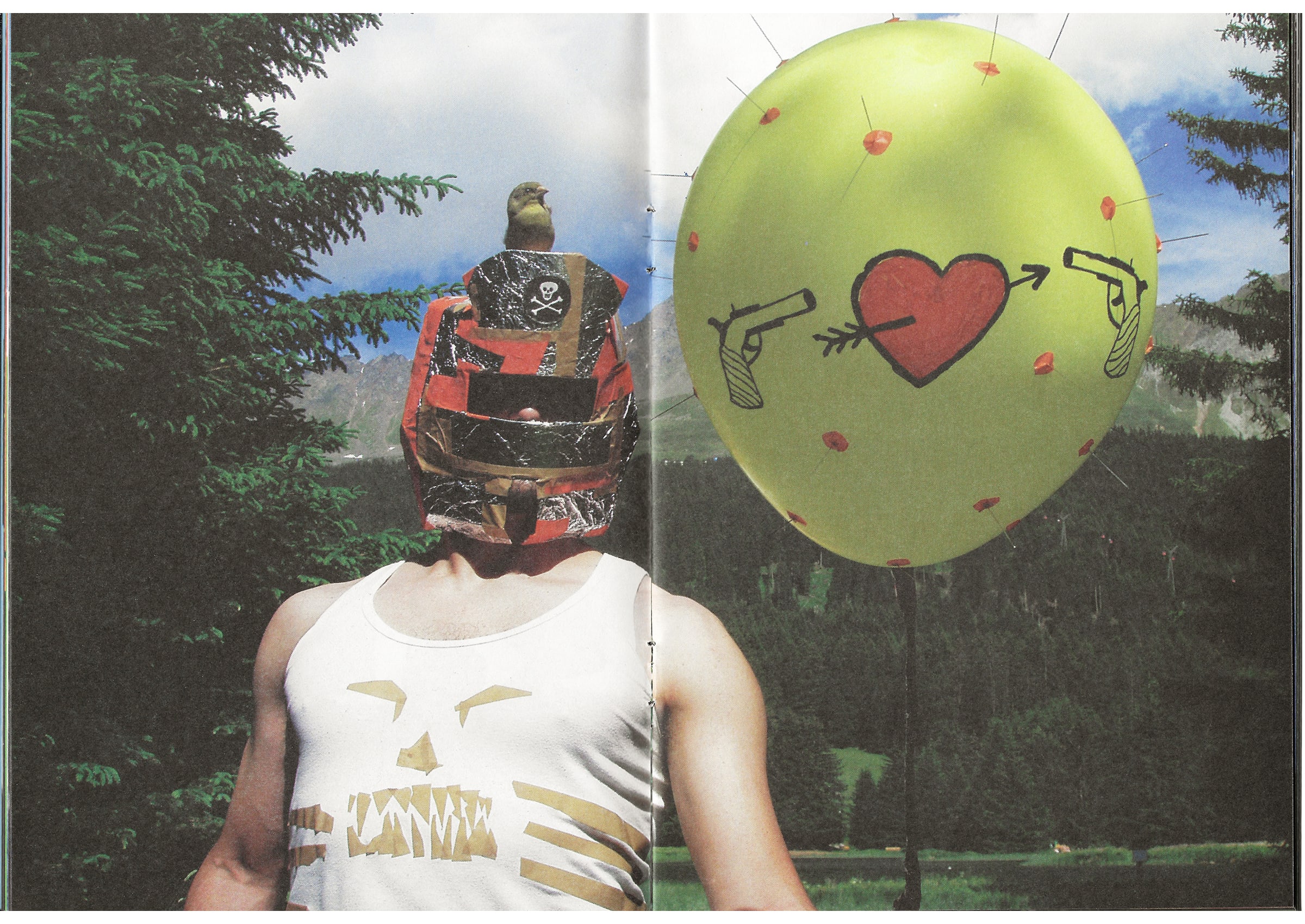
Hamza continued to work with Magdy, first at Townhouse and later at Contemporary Image Collective, another non-profit in Cairo, where together they published Magdy’s first artist book in 2005. Though Magdy moved to Switzerland in 2007, he makes a point of remaining connected to the Egyptian art scene. ‘If you become an artist in Egypt,’ he explains, ‘you have fought many battles and you’ve been through a lot. I always stay in touch with younger artists and offer support where needed.’
After the 2011 uprising that toppled the Mubarak regime, the Egyptian cultural landscape shifted, making it much more difficult, if not impossible, for non-profits to receive foreign funding and survive. Hamza relates how, in response, several artists suggested she open a commercial gallery – and she listened. In 2013, Hamza founded Gypsum Gallery, which, she says, ‘was crazy’. Continuing, she explains, ‘I had two toddlers, and there was no prototype for this type of gallery in Cairo. I also understood immediately that to open a commercial gallery there was a handful of artists I needed to work with and without these people the gallery could not exist. Basim was one of the artists on that list.’
Magdy’s experience with international galleries also helped Hamza find the gallery’s footing: ‘Whenever I had questions, Basim was the first person I went to.’ Yet she admits to being ‘super nervous and anxious’ about inviting Magdy to be part of Gypsum’s roster. For Magdy, however, joining the gallery was a no-brainer. ‘When Aleya asked me to join the roster of the new gallery, I was excited for several reasons,’ he says. ‘From prior experiences, I knew we could work together, but I also don’t want to work with someone who only knows how to sell; I want to work with someone who knows how to curate. I had worked with gallerists who were curators before and there is a difference.’
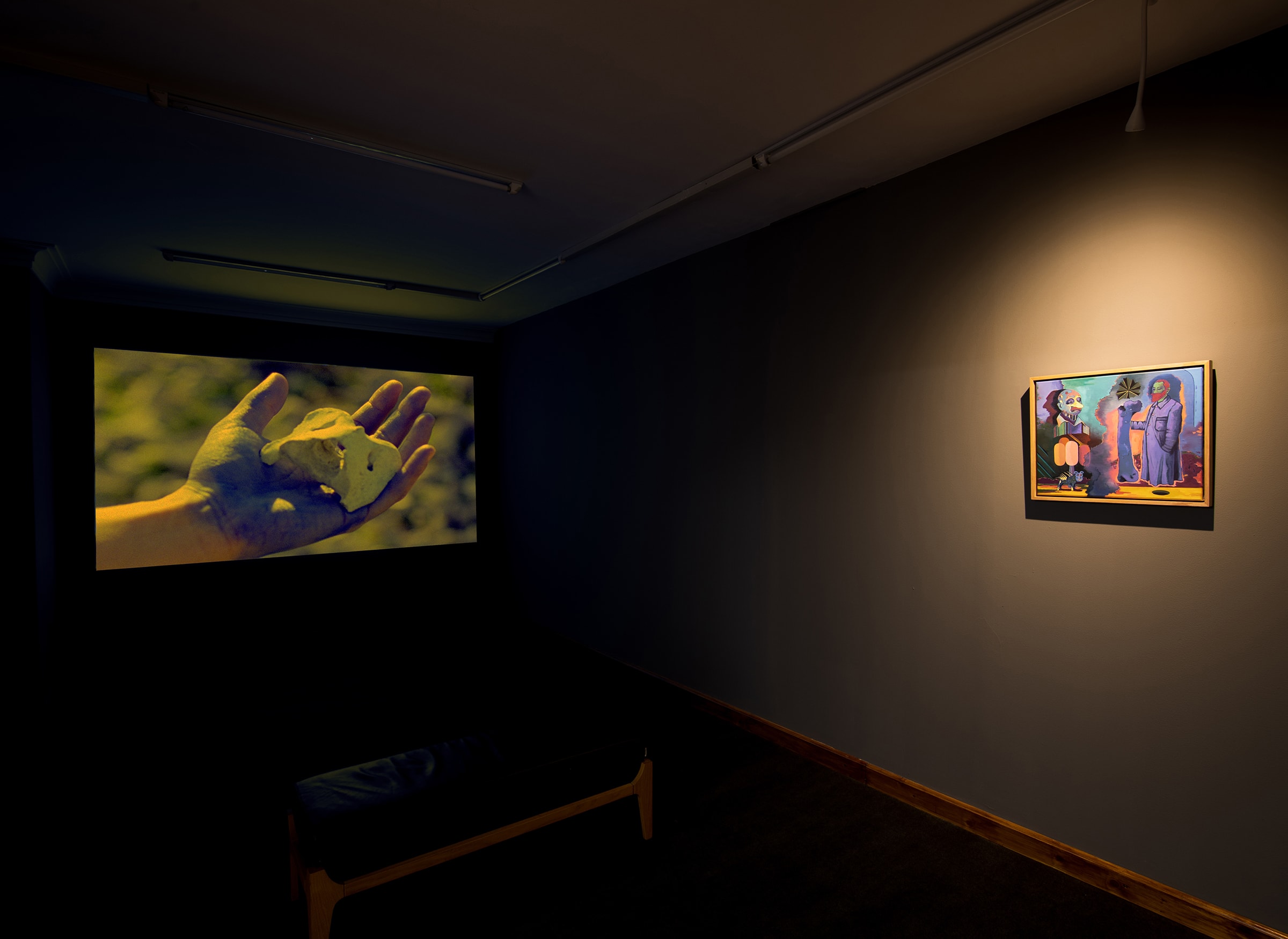
Today, both artist and gallerist want to push formal and discursive boundaries, which in Egypt’s post-revolutionary landscape is a challenge. However, the pair note that in the past two years, after almost a decade of cultural attenuation, things seem to be changing in the Egyptian art scene. ‘Non-conventional spaces are being activated in a way that’s reminiscent of the heydays when we were young, energetic, and hopeful,’ Hamza remarks. However, ‘the audience is much younger and different than we were: they’re radical and not scared somehow.’ Magdy agrees: ‘What we’re seeing now is the reaction [to the stagnation of the past 10 years]. What you get are very independent, grassroots initiatives by artists, where people just try to change things, which is similar to that moment in the early 2000s.’
In many ways things seem to have come full circle. After a hiatus from painting, Magdy’s upcoming solo presentation with Gypsum at Art Basel in Miami Beach will focus solely on a new series of paintings. ‘During the pandemic I started painting again and it was just flowing,’ he says. ‘The way I paint now came out differently than before. My paintings now really respond to me as a person. They are about the absurdity inherent in reality, the ambiguity, about the fact that we don’t have to understand everything. Reality is full of things that don’t make sense and we’re constantly trying to make sense of it all.’
Hamza, on her part, loves the fact that Magdy has returned to painting: ‘Basim is seen as a filmmaker and photographer who has pushed the envelope of these media, but you can always see he is trained as a painter,’ she says. The new series features medium- and large-scale oil-and-spray-paint paintings. ‘This body of work does everything,’ Hamza says, ‘it is formally innovative, the content is fantastic, the paintings are very compelling, and it reminds me of that moment I first saw Basim’s work. It really excites me.’
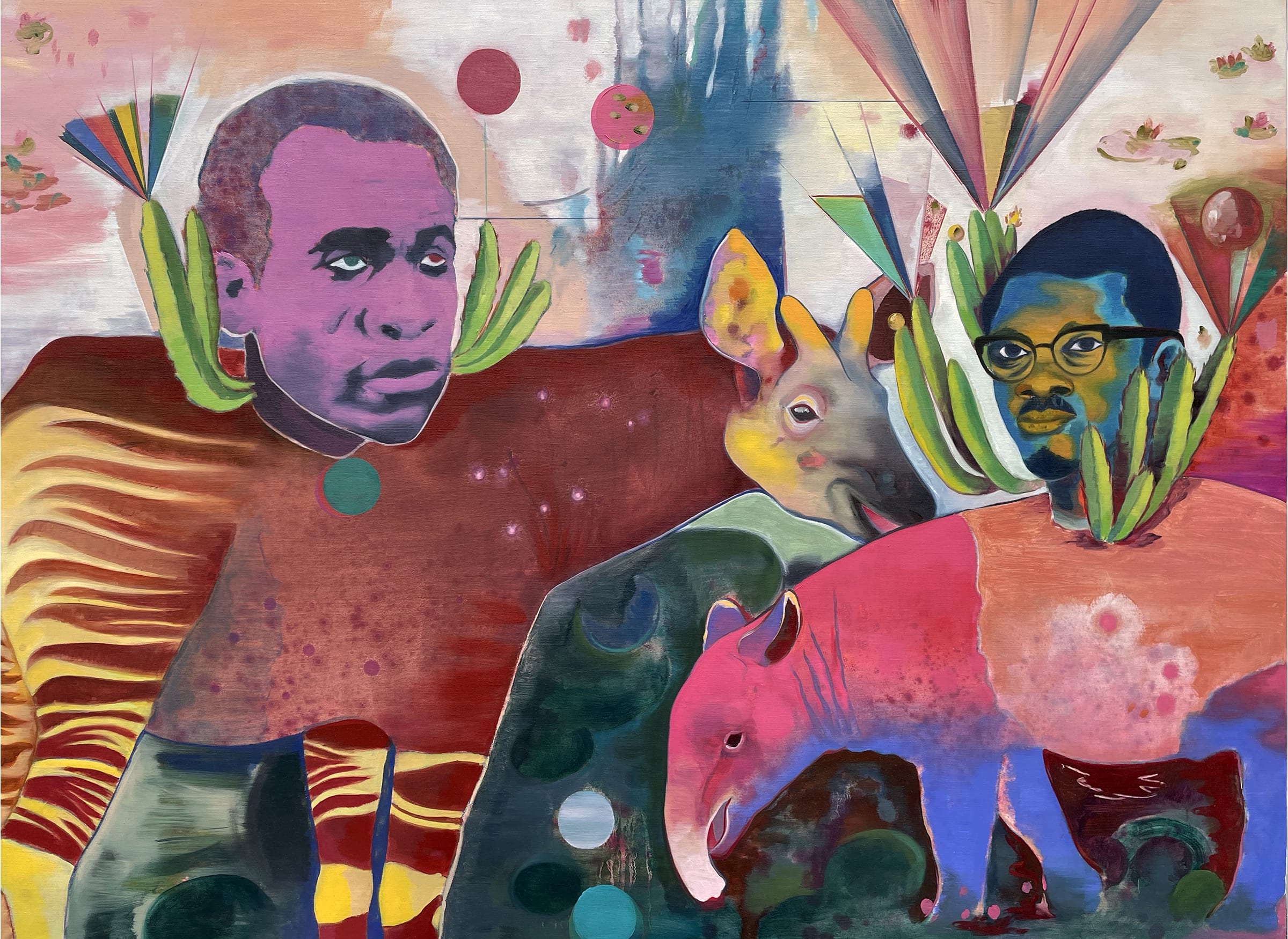
Basim Magdy's work will be on view at Gypsum Gallery in the Nova sector of Art Basel in Miami Beach.
Nat Muller is a curator, writer, and researcher based in Amsterdam. She was Curatorial Fellow at Townhouse in Cairo from 2008 to 2009.
Published on November 23, 2023.
Caption for full-bleed image: Basim Magdy, The Space Discotheque is an Underground Liberation Army (detail), 2023. Courtesy of the artist and Gypsum Gallery.